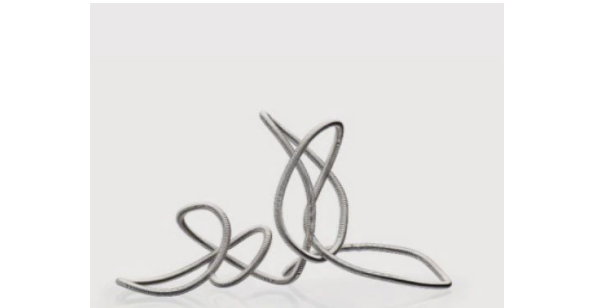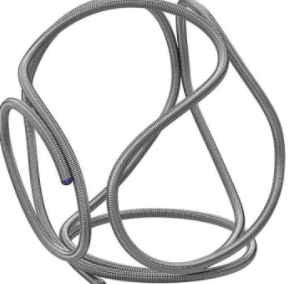RELIABLE DETACHMENT
An instant mechanical detachment with 99.7% proven reliability.
FLEXIBLE VS. FIXED JUNCTIONS
Ball & Socket design allows the coil implant to move independently of the pusher resulting in less energy build up and microcatheter kickout.
AXIUM PRIME™ SOFT
SOFT IMPLANT
Thinner .0015” primary wire and precisely matched .0115” O.D. to fill more space.
RANDOM BREAK COIL
Due to its winding pattern, when the coil encounters resistance, it can more easily deflect and seek out open spaces.
AXIUM PRIME™ EXTRA SOFT
GREATER PACKING VOLUME
Larger .0108” O.D. provides more volume in a finishing coil.
EXTRA SOFT IMPLANT
0.0013“ thinner primary wire leads to a softer coil paired with a precisely-matched O.D. to fill and finish more space.
RANDOM BREAK COIL
Due to its winding pattern, when the coil encounters resistance it can more easily deflect and seek out open spaces.

